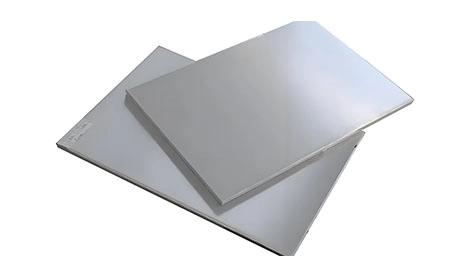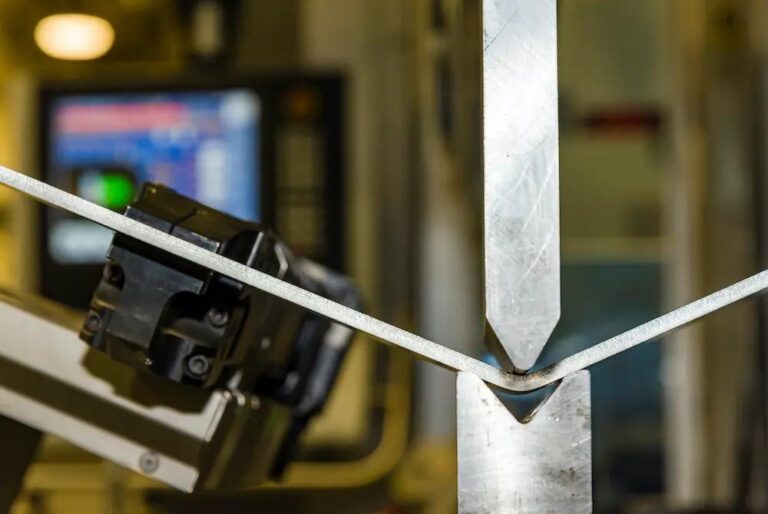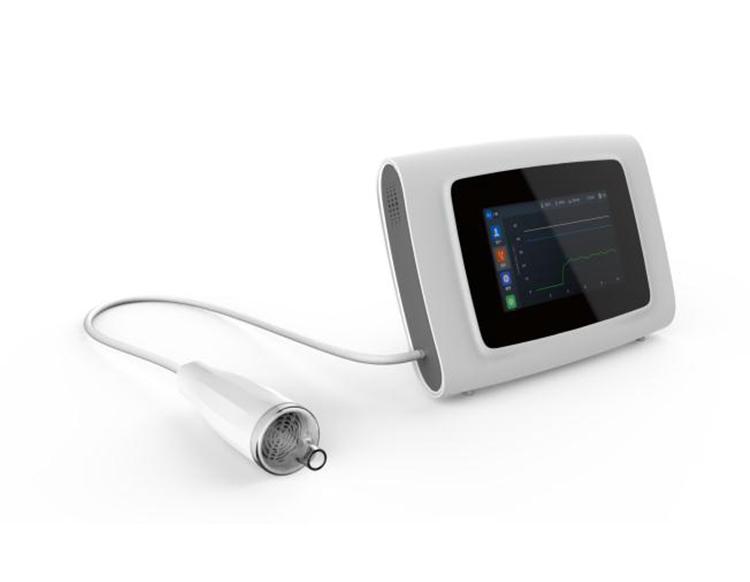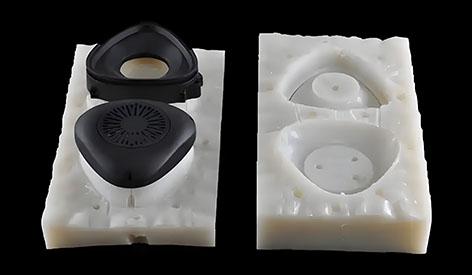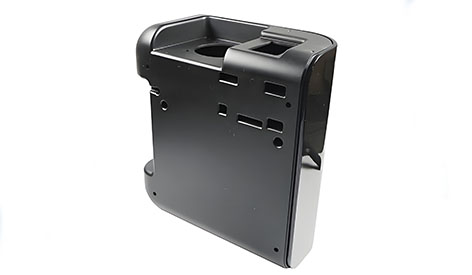In the early stage of product development, choosing the right 3D printing technology for prototyping is critical to validating efficiency and quality, and FDM, SLA, SLS and DMLS, as mainstream industrial-grade technologies, have their own unique advantages and limitations. In this article, we analyze the process characteristics, material compatibility, accuracy and applicable scenarios to help you make accurate decisions.
1. FDM (Fused Deposition Modeling) – a cost-effective solution for functional verification
Process Principle: Molding by stacking layers of molten thermoplastic materials (e.g. PLA, ABS, nylon). Process principle: Molding by stacking molten thermoplastic materials (e.g. PLA, ABS, nylon) layer by layer
Core Advantages:
Low cost: Low equipment and material costs for rapid iterative testing.
Material Versatility: Supports engineering-grade plastics to meet mechanical performance verification needs.
Ease of operation: No specialized environment required, suitable for office use.
Limitations:
Lower accuracy: layer thickness 0.1-0.3 mm, layer pattern visible on surface.
Structural limitations: complex geometry requires support structure, which may affect the degree of design freedom.
Applicable scenarios: mechanical assembly testing, functional prototyping.
2. SLA (light-curing stereo molding) – the first choice for high-precision appearance prototypes
Process principle: UV laser cures liquid photosensitive resin, building high-precision models layer by layer.
Core advantages:
Extreme detail: resolution up to 0.025 mm, smooth surface like injection molded parts.
Visual Fidelity: Transparent, flexible and other special resins can simulate the effect of real materials.
Limitations:
Material brittleness: resin parts are easy to break and have poor weather resistance.
Complicated post-processing: requires cleaning, secondary curing, and is time-consuming.
Applicable scenarios: medical models, consumer electronics design, jewelry casting.
3. SLS (Selective Laser Sintering) – Ideal for complex structures and small batch production
Process principle: laser sintering of nylon powder, no need for support structure, direct molding.
Core Advantage:
Unsupported design: The powder bed naturally supports the overhanging structure, freeing up design freedom.
Functionality: Nylon parts are resistant to high temperatures and chemical corrosion, allowing for direct functional testing.
Mass Production: Nested printing of multiple parts improves material utilization.
Limitations:
Rough surface: sandblasting or polishing is required to improve appearance.
Material Limitations: Nylon is currently the mainstay, and metal/ceramic SLS is costly.
Applicable scenarios: aerospace interior parts, automotive lightweight structures, customized tools.
4. DMLS (Direct Metal Laser Sintering) – the ultimate solution for metal end parts
Process principle: Laser completely melts metal powder (stainless steel, titanium alloy, etc.), densification >95%.
Core advantages:
Metal properties: near forging strength, high temperature and fatigue resistance.
Complex geometries: internal channels, thin-walled features molded in a single pass, alternative to traditional CNC.
Limitations:
Expensive equipment: inert gas environment and precision maintenance required.
Post-processing necessary: stress relief and surface finishing are essential.
Scenarios: orthopedic implants, rocket engine components, high precision molds.
Technology Comparison Decision Matrix
| Requirements prioritization | Recommended Technologies | Key reasons |
|---|---|---|
| Low-cost functional verification | FDM | Low material costs and rapid iteration |
| High-precision appearance display | SLA | Smooth surface with optimal detail reproduction |
| Complex structures/small quantities | SLS | Unsupported design for excellent mechanical properties |
| Metal Terminal Components | DMLS | High density to meet industrial strength requirements |
Selection Guide: Matching Requirements and Technical Characteristics
Functional Testing: Prioritize FDM to validate mechanical assembly, SLS to test thermal/chemical properties.
Visualization: SLA for smooth surfaces, DMLS for metallic prototypes.
Innovative design: SLS/DMLS to support bionic structures, lightweight skeletonized designs.
Compliance: Medical/aerospace sector requires choice of biocompatible materials (SLA) or certified metals (DMLS).
Summary: Technology synergy improves development efficiency
FDM and SLA complement each other for early rapid validation, while SLS/DMLS support mid- and late-stage functional and performance testing. By combining technologies in phases, costs can be controlled while ensuring that key metrics are met. Example:
Concept phase: FDM makes the basic structure, SLA renders the appearance.
Optimization phase: SLS tests complex assembly, DMLS verifies metal strength.
Choosing the right combination of technologies can shorten the R&D cycle by 40% and reduce iteration costs by 30%.
SEO Keyword Optimization: 3D Printing Technology Comparison, FDM vs SLA vs SLS vs DMLS, Pallet Fabrication, Functional Prototyping, Industrial Grade 3D Printing, Metal 3D Printing, Complex Structure Manufacturing.
